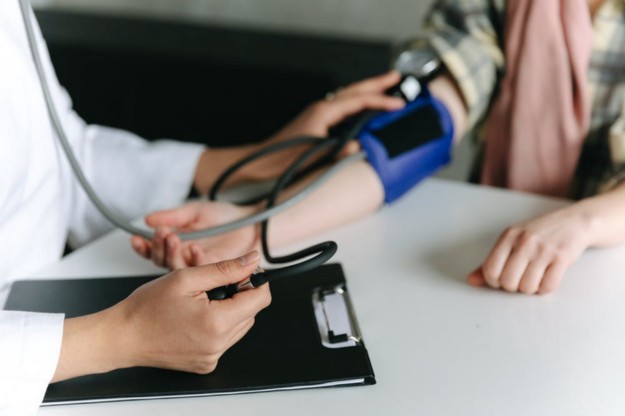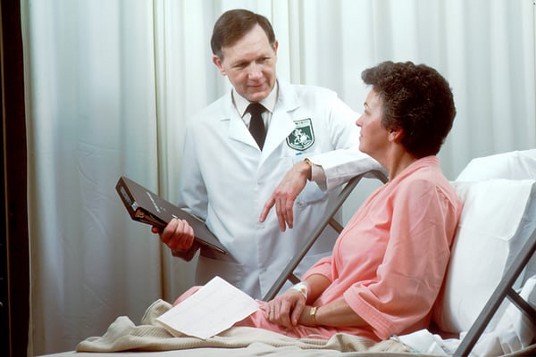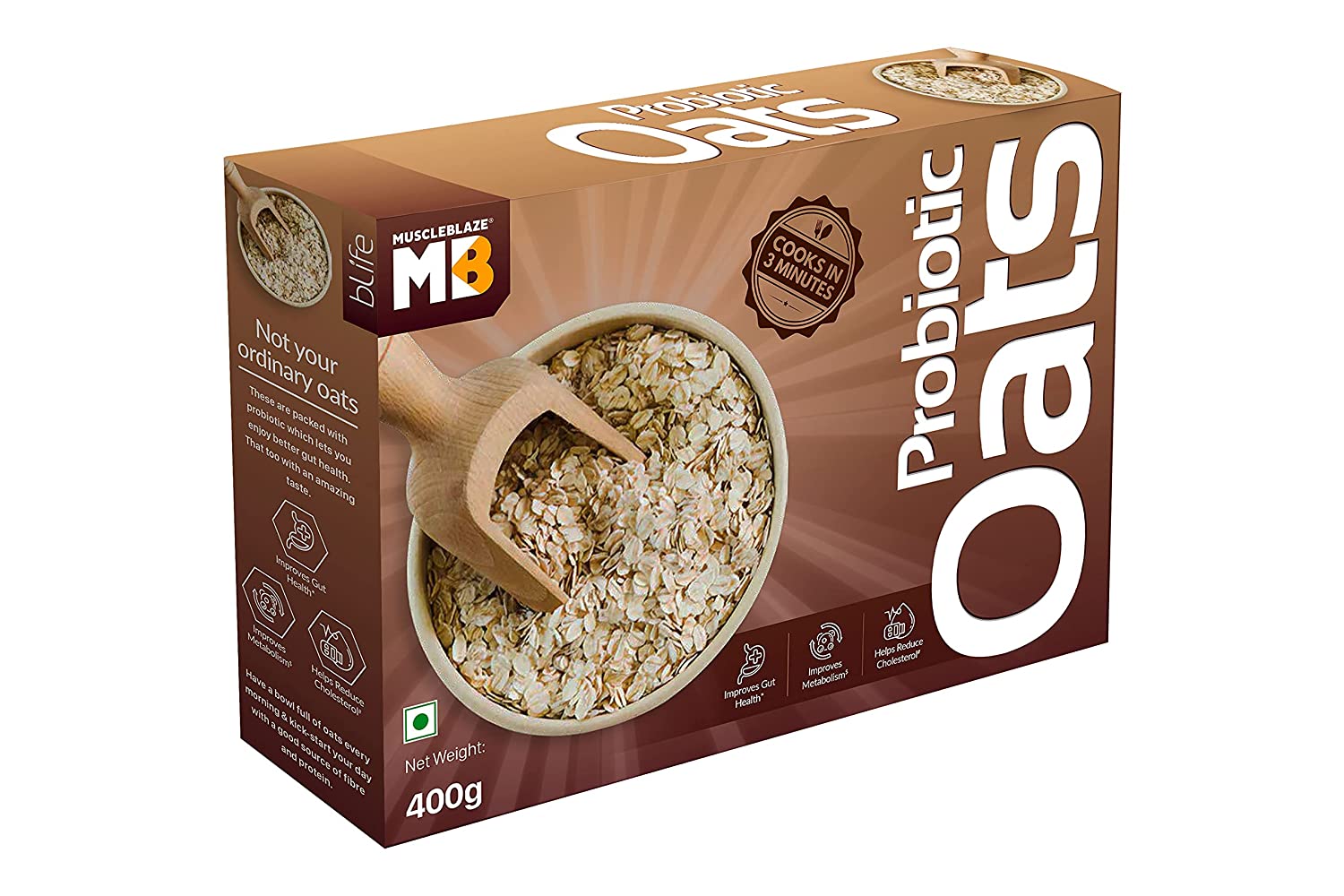Published Date January 24, 2003
How Much Do You Know About FODMAP?
By Arpita Sudev
4 min read
Last update date: January 24, 2003
All about IBS, Crohn's disease and FODMAP.

FODMAP stands for fermentable oligosaccharides, disaccharides, monosaccharides and polyols. They are short-chain carbohydrates (sugars) that are found in a wide range of foods. These are types of carbohydrates that your bodies don’t absorb well. As a result, your large intestine breaks them down. This isn’t a problem in most people, but in people with FODMAP sensitivity, this can cause a reaction. Since they are not absorbed well, they let more water into the colon and can also rapidly ferment or break down bacteria present in the bowel. This can cause increased gas, bloating, constipation/diarrhoea and pain. Many of us might eat healthy, high-chemical foods or FODMAP-containing foods in an attempt to feel better, but this practice may only aggravate our symptoms.
FODMAP Intolerance
FODMAP intolerance is when you have difficulty digesting high-FODMAP foods, which can trigger uncomfortable gastrointestinal symptoms like bloating, constipation, diarrhoea, and pain. FODMAP intolerance often tends to coincide with other severe gastrointestinal conditions like IBS, inflammatory bowel disease, and Crohn's disease.
Signs and Symptoms of FODMAP Intolerance
When FODMAPs reach your colon, they get fermented and are used as fuel by your gut bacteria. The same happens when healthy dietary fibres feed your friendly gut bacteria, which in turn, supports the growth of beneficial bacteria and suppresses harmful bacteria in the gut leading to various health benefits. It’s a condition where you have trouble digesting certain carbohydrates which can cause several symptoms.
However, friendly bacteria tend to produce methane, whereas the bacteria that feed on FODMAPs produce hydrogen, another type of gas. This may lead to the following symptoms:
- Bloating
- Abdominal distension
- Diarrhoea
- Flatulence
- Abdominal pain & cramps
- Constipation or diarrhoea
As FODMAPs have their effects mostly in the small and large intestines, it usually takes at least 4 hours after eating a high FODMAP meal for symptoms to occur.
The FODMAP diet has been discovered since 2001, but only now does it have the evidence it needs to become more widespread in clinical practice. The diet is based on the idea that fermentable carbohydrates worsen symptoms of functional gastrointestinal disorders (FGID), most noticeably Irritable Bowel Syndrome (IBS). Symptoms of FGID can result from the malabsorption of fructose and sucrose that occurs when the activity of one of the transporters is altered.
Takeaway
Yes, it is diet vs medical condition. Watch out for the Indian dishes containing curry paste bases, often made with shallots and other onion varieties. It is essential to reintroduce foods to see if they cause symptoms because the aim of the diet is to eliminate only those foods that are troublesome.
Keep reading

All you need to know about Hypertension
All about blood pressure, lack of physical activity and hypertension.
By Naurin Ansari

All you need to know about Hypothyroidism
All about thyroid hormones, High blood pressure, iodine and hypothyroidism.
By Naurin Ansari

All you need to know about Salicylate Sensitivity
All about coffee, Almonds, Capsicum and salicylate sensitivity.
By Arpita Sudev

PCOS and PCOD. Do you really know the difference?
All about fatigue, PCOD and PCOS.
By Naurin Ansari
Related Items
Choose Healthy With Us.
Know the real truth about your food. Stay informed and healthy, for free.

Download the App Now
Certified nutritionists trust our food recommendations. Safe to say, so can you :)
















